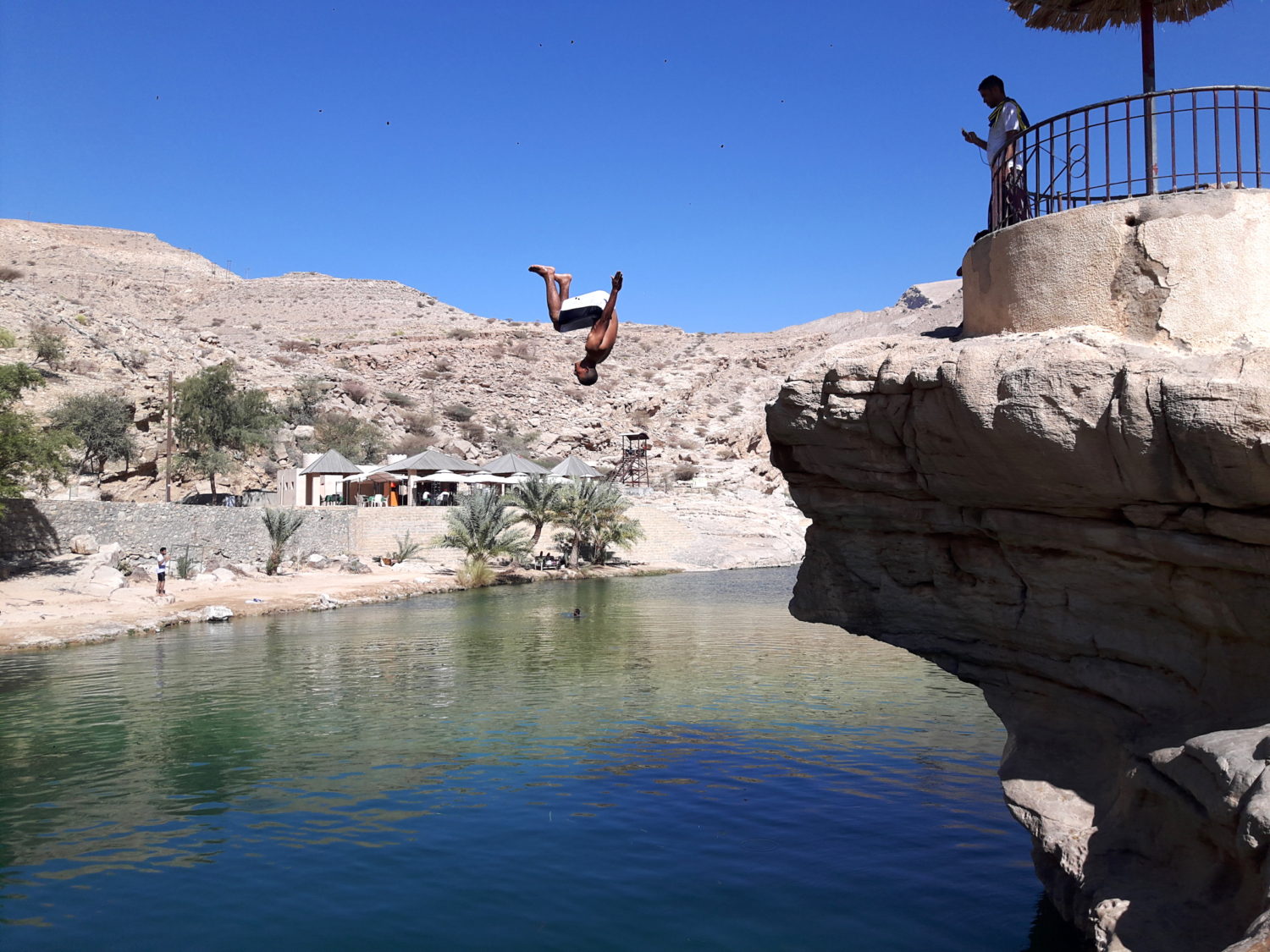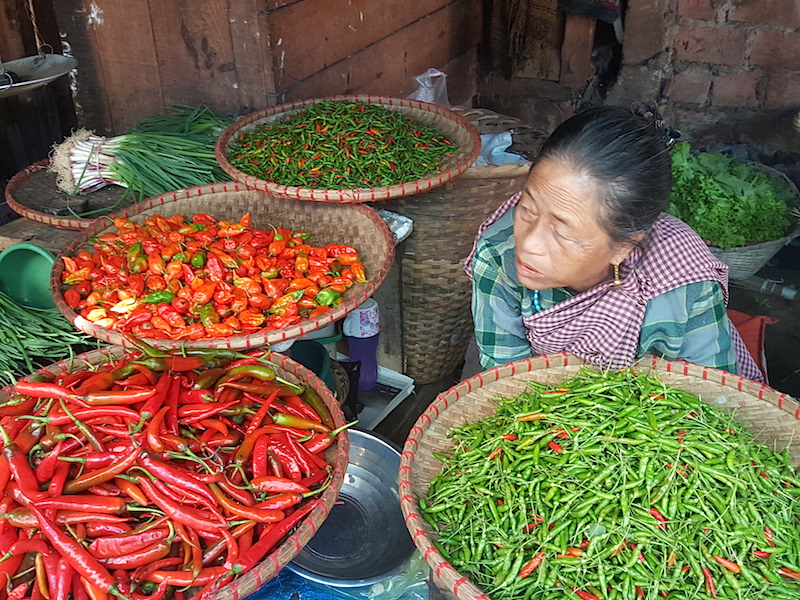Meghalaya, meaning “abode of the clouds” must be one of the most evocative place names in India. The name for this northeast Indian state is apt, given that Meghalaya is home to Cherrapunji, long known as being the wettest place on earth (almost matched by its neighbour Mawsynram).
Here is an easy Meghalaya itinerary around the Khasi hills, giving you the top reasons to visit:
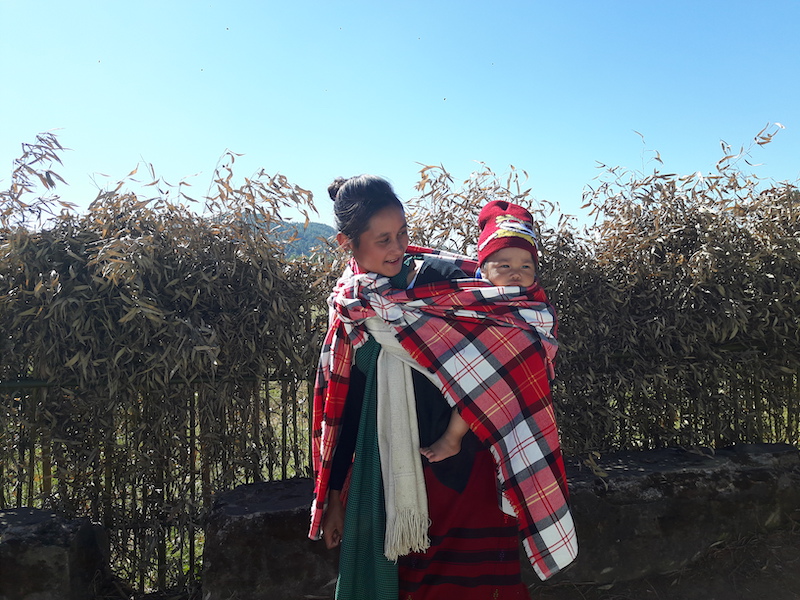
Rock around the clock
Start with the capital city of Shillong, India’s rock music hub.
Apart from consistently producing some of the best music bands in the country, this small hill town also has a sparkling new café dedicated to Bob Dylan, and an unlikely local hero in the form of 69-year-old Lou Majaw, known for his renditions of, you guessed it, Dylan’s songs.
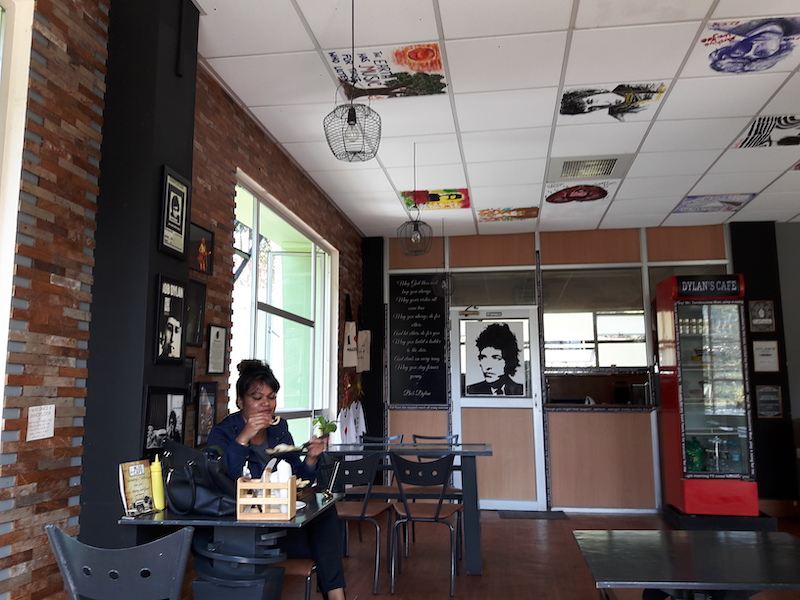
The Don Bosco Museum of Indigenous Cultures is a great place to get oriented to the largely unexplored North East region of India.
Walk through the Bara Bazaar early in the morning, filled with fresh produce (think dozens of varieties of chilli) and livestock, for a glimpse into the everyday lives of people.

And finally, don’t miss the unique archery lottery, locally called Teer. Groups of archers shoot nonstop for three minutes at a cylindrical bamboo target. The last two digits of the final number of arrows is the winner of the day (Polo Grounds; 3.30 pm daily).
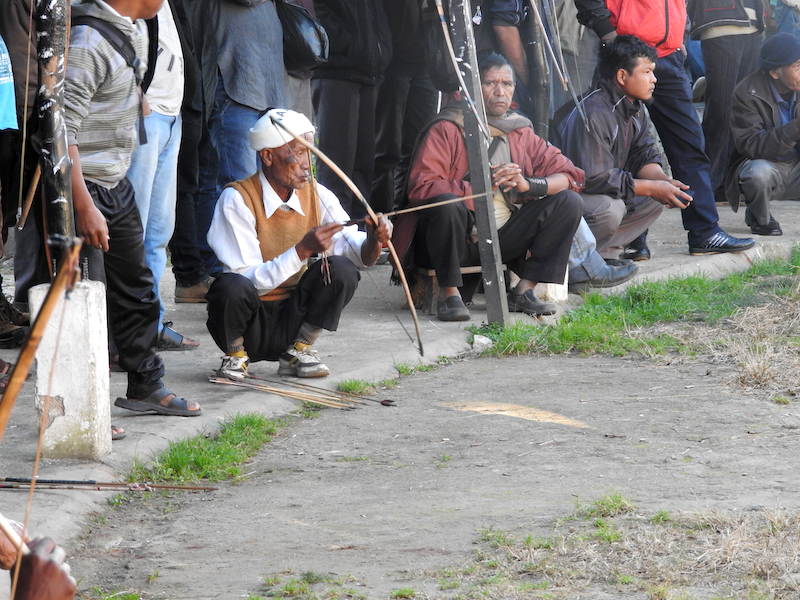
The wettest place on earth
For a walk in the clouds, head to Cherrapunji (also known as Sohra), the wettest place on earth, with an average annual rainfall of 11754.5 mm (462.77 inches). Compare this with the average annual rainfall of India, at 300-650 mm.
(33 miles; 1½ hours from Shillong)
Stop for photo-ops at Nohkalikai Falls, the highest waterfall in the country at 1099 feet (335 metres).

(Wiki images)
And then crawl Indiana Jones-like through Mawsmai Caves to gape at the stunning limestone stalactites and stalagmites formed over thousands of years of water activity.
A slice of village life
Mawlynnong been called ‘Asia’s cleanest village’ by various publications, and locals take this title seriously. Drive through roads lined with bamboo trees on both sides, and Khasi women selling honey and spices.
(50 miles; 2½ hours from Cherrapunji)
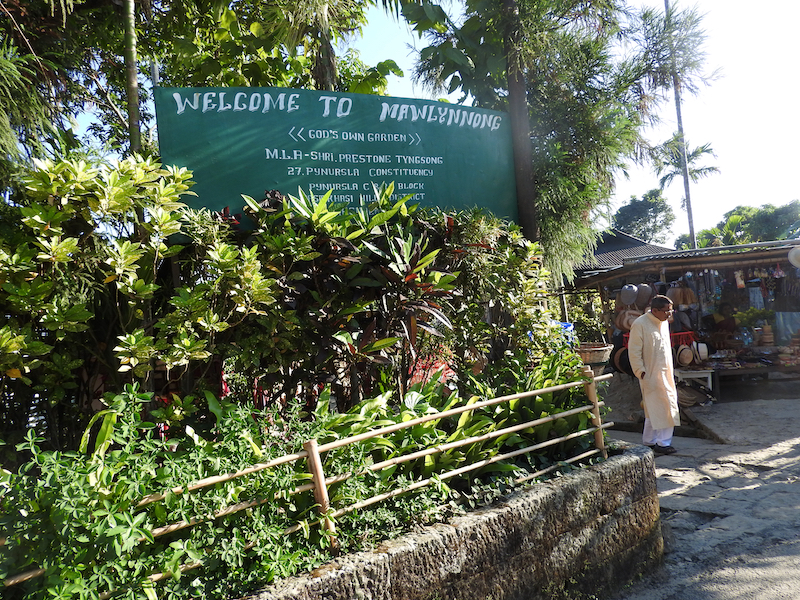
At Mawlynnong, first climb on to the Sky View machan villagers have made, to see the sprawling plains of Bangladesh across the border.
Then walk through the village with a population of 600, where every house has a neat garden with flowers in bloom. Stop to chat with the friendly locals about their ecotourism initiatives, or to buy bamboo handicrafts.
John Khongthohrem, owner of a small guesthouse in Mawlynnong says, “All this (focus on cleanliness) started with a literacy and sanitation drive a couple of decades ago. And soon villagers realised that we can make this a model for tourism.”
Bridges that breathe and grow
The living root bridges are a unique concept where locals don’t build their bridges, but create them out of the strong Ficus Elastica (rubber tree) roots.
Grown around betel tree trunks over rivers, and strengthened by stones and boulders, these bridges mature in 15 years. After that, they can carry up to 50 people at a time, and do not rot even in wet weather, in fact, getting stronger with age.
The most famous one is the double-decker bridge at Nongriat close to Cherrapunji, reached after an arduous trek – we mean 2500 steps going down and then up.
An easier, equally picturesque option, is at Riwai next door to Mawlynnong; get there early in the morning to have the stream and bridge entirely to yourself.

Groves both sacred and cursed
On your way back to Shillong, stop at the sacred groves of Mawphlang located in a small Khasi village. With its 800 year old trees and carnivorous pitcher plants, entering Mawphlang is like walking into Middle Earth.
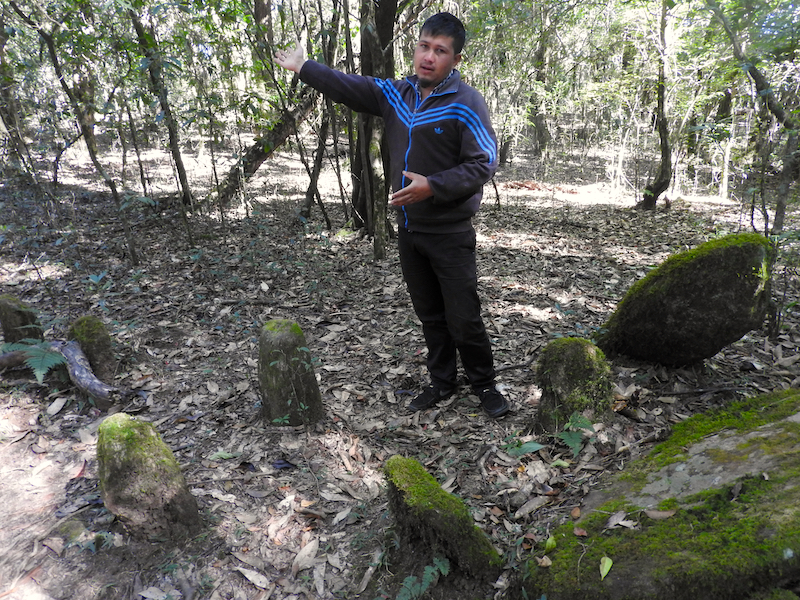
This is a biodiversity hotspot; think mossy piles of leaves underfoot, mushroom clumps on fallen tree trunks, handfuls of rudraksh (expensive seeds, used as prayer beads by Hindus), monoliths that mark ceremonial sites from the past, and dozens of varieties of orchids, butterflies, medicinal plants and lofty trees.
Mawphlang has remained untouched over centuries, thanks to legends of a local deity called labasa who protects it, putting a hex on anyone who takes even a single leaf out of the forest.
As my local guide Andrew Lyngdoh puts it, “Everybody here believes in this story without question – but you can also think of it as our elders’ way of conservation.”
(43 miles, 21/4 hours from Mawlynnong)
Pork it out
Pork is the bedrock of Meghalaya cuisine, with dried fish, mushroom and greens in a supporting role.
Look for dohneiiong (smoked pork in black sesame), daineiiong (black lentils cooked with sesame seeds and green chilli) and the pungent nakham bitchi (soup made of dried fish).
And don’t miss the staple Jadoh, literally meaning rice and meat, where rice is cooked in pork fat and spices (or in the more authentic version, pork blood).
***
An edited version of this was published in CNN Travel.
